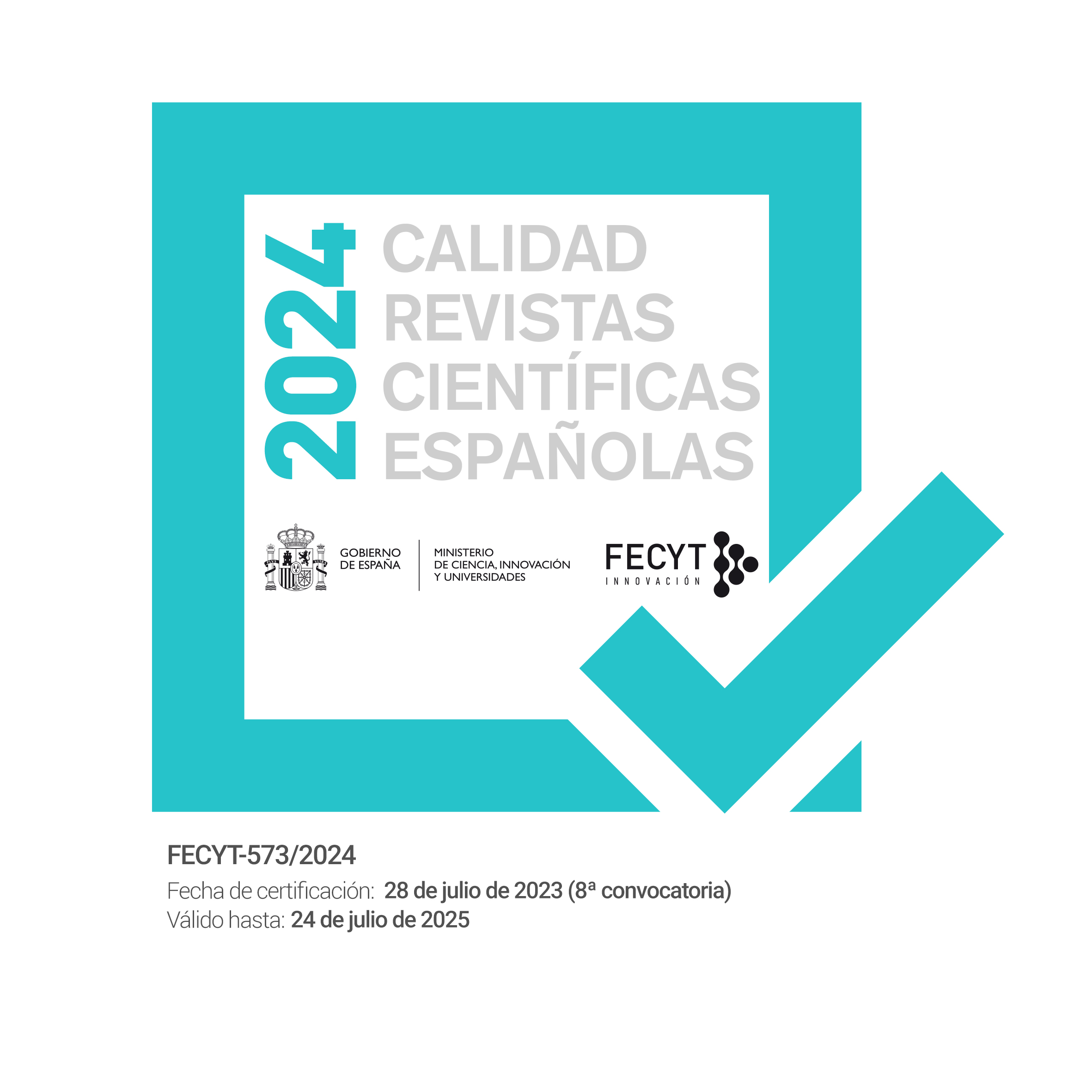Vol. 1 No. 37 (EXTRA) (2025): Pluriversal Bogota

A36 (EXTRA) PLURIVERSAL BOGOTÁ
The extra issue of 2024 is devoted to Bogotá and its "other worlds". This city - one of the world's highest altitude capitals and by far the most populous of them - sits at 2560 metres above sea level between the Sumapaz páramo, the eastern range of hills and the Cundinamarca-Boyacá highlands. Its municipal urban land is occupied with a medium to very high population density which, since its occupation by the original peoples, has required managing a fragile balance with this territory brimming with water. However, less than 1.5% of its original wetlands remain today. Highlighting this geographical condition and the tensions between the different realities that inhabit it, this monographic issue of the journal Astrágalo on the Andean city joins other intensive looks at cities such as A27 in Delhi or A29 in Seville, which seek a transdisciplinary understanding of contemporary urban phenomena.
The approach of this call is based on two of those that preceded us. On the one hand, the pluriversal politics and the ontological re-equipment of cities by Arturo Escobar in "Designing for a real world" (A30 in 2022) and, on the other, the dis-integration of "Divided cities" by Alona Fernández with Introduction to the number by Roberto Fernández (A29 in 2021). In this sense, we want to question the capital of Colombia about the challenges posed by the first author in order to solve what the second one shows. Some questions in this regard would be: Is there a transition towards a rururban pluriverse? What are the actions that operationalise these decolonial approaches? What does the city contribute to the debate on the future and how does it respond to the socio-environmental conflicts of the present? What socio-environmental conflicts (tensions) have shaped Bogotá and what are the recent urban challenges that respond to them?
The "realities are plural and in continuous construction" explains Escobar (2020) and the urban civilising phenomenon, since classical times, tends to unify and separate us from the earth. Therefore, the concept of the pluriversal city explores the idea of a city where many worlds fit, reconnected with our planet and rethinking our modes of existence on it. We invite those who reflect, propose or execute actions on Bogotá - from architecture, urban planning, landscape architecture, geography, the arts, philosophy, history or sociology - to publish their proposals or results in response to Escobar's call to terraform (re-earthing) cities, or to remedy the conditions of "division, segregation, tearing apart, conflict" proposed by Fernández. We want to place special emphasis on research that contributes to a new design for the pluriverse, a world where there is room for other worlds based on actions such as: recommunalising social life; relocalising social, productive and cultural activities; reinforcing autonomies in the face of globalisation; depatriarchalising, de-racialising and decolonising social relations; or terraforming life and building networks between initiatives and transformative alternatives (Escobar, 2022).
This issue aims to be an X-ray of contemporary Bogotá, an alternative panorama of itself and its relationship with other Colombian, Latin American and world cities. On this occasion, the Visual Article section aims to contrast various perspectives from the perspective of research and creation, and therefore calls for the joint nomination of two or more artists to illustrate the themes of this issue. The selection of the visual article will be the responsibility of the editorial team, who will act as blind peers.
Guest Editors:
Dr. José Javier Alayón González (Pontificia Universidad Javeriana, Bogotá, Colombia)
Dr. Giaime Botti (University of Nottingham Ningbo China, Ningbo, China)
Dra. Alejandra Estrada (Pontificia Universidad Javeriana, Bogotá, Colombia)
Dra. Sandra Caquimbo (Pontificia Universidad Javeriana, Bogotá, Colombia)













